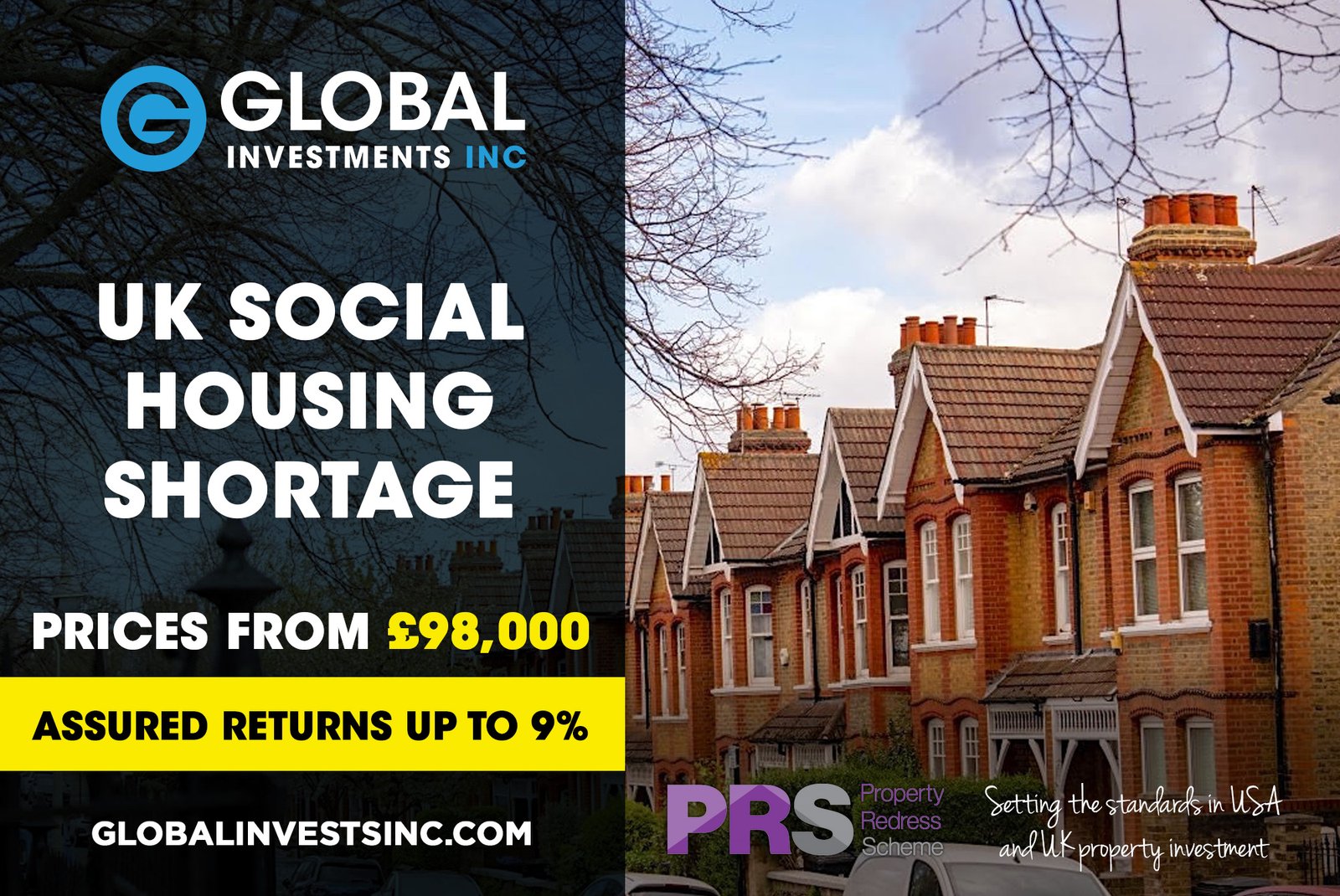
US Mortgage Rates Drop Below 7% for the first time in over a month
The average 30-year fixed mortgage rate has fallen below 7% for the first time since early April, hitting 6.94% from 7.02% a week prior, according to Freddie Mac. This marks the third consecutive week of declining rates, which have hovered around 7% for over a month. A separate measure tracking daily rate movement showed fluctuations between 7% and 7.20% over the last seven days, settling at 7.17% on Thursday, according to Mortgage News Daily. Despite the spring homebuying season typically being the most active time for the housing market, this year has seen a slowdown. Elevated mortgage rates, high home prices, and low inventory continue to challenge homebuyers. Sales of previously owned homes slid in April as supply remained scarce. “It’s very hard to have incredible volume when the rates are high, and the inventory is relatively low to historic measures,” Corey Burr, founder of The Burr Group, a real estate agency in Washington D.C., told Yahoo Finance. Homebuyers Remain on Sidelines Despite pent-up demand for homes, buyers are hesitant to enter the market even after this week’s rate dip. According to the Mortgage Bankers Association (MBA), the volume of purchase mortgage applications fell by 1% this week from last. Mortgage applications are 11% lower than the same week a year ago. However, refinance activity jumped 7% weekly and 21% from a year ago. “Purchase activity continues to lag despite this recent decline in rates … as potential buyers still face limited for-sale inventory and high list prices,” said Joel Kan, MBA’s deputy chief economist. At the current average rate, a homebuyer would pay almost $1,600 monthly on a $300,000 home with a 20% down payment, according to the Yahoo Finance mortgage calculator. Existing Home Sales Slump Existing home sales retreated 1.9% month-over-month in April, according to the National Association of Realtors (NAR), during what’s normally the busiest season. The total housing inventory at the end of April was 1.21 million units, which despite increasing by 9% monthly and 16% annually, stands at just 3.5 months of supply. A six-month supply is considered a balanced market. By comparison, pre-COVID months had around 1.9 million homes for sale. “We are in a new terrain, new territory as to how the lock-in effect or impact will restrain home sales,” said Lawrence Yun, chief economist at the NAR. The average rate on a 30-year mortgage dropped to 6.74% from 6.88% last week, according to Freddie Mac. A year ago, the rate averaged 6.60%. Borrowing costs on 15-year fixed-rate mortgages also fell this week, with the average rate dropping to 6.16% from 6.22% last week. A year ago, it averaged 5.90%, Freddie Mac reported. Future Rate Expectations “Despite the recent dip, mortgage rates remain high as the market contends with the pressure of sticky inflation,” said Sam Khater, Freddie Mac’s chief economist. “In this environment, there is a good possibility that rates will stay higher for a longer period of time.” The Fed has signaled that it will likely cut its key interest rate this year, once it sees more evidence that inflation is falling sustainably back to its 2% target. The Fed’s main interest rate is at its highest level since 2001. Economists expect that mortgage rates will ease further this year, though most forecasts have the average rate on a 30-year mortgage going no lower than 6% by the end of the year. However, this is unlikely to happen until the Fed begins cutting its short-term interest rate, which Wall Street largely bets won’t happen until June, according to data from CME Group. Despite the choppy trajectory in mortgage rates this year, the average rate on a 30-year home loan is still down from the 23-year high of 7.79% reached in late October. “Rates are much lower than they were last fall when they hovered near 8%,” said Lisa Sturtevant, chief economist at Bright MLS. “Any downward trend in rates later this spring will bring more buyers and sellers into the market.” The decline in rates since their peak last fall has helped lower monthly mortgage payments, providing more financial breathing room for homebuyers facing rising prices and a shortage of homes for sale. Lower rates helped lift sales of previously occupied U.S. homes by 3.1% in January compared to the previous month, marking the strongest sales pace since August. However, the average rate on a 30-year mortgage remains well above where it was just two years ago at 4.16%. This large gap between rates now and then has limited the number of previously occupied homes on the market by discouraging homeowners who locked in rock-bottom rates from selling. If you would liek more information on our US properties please email invest@globalinvestmentsincorporated.com


